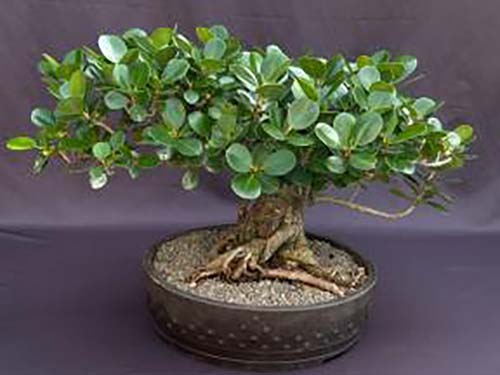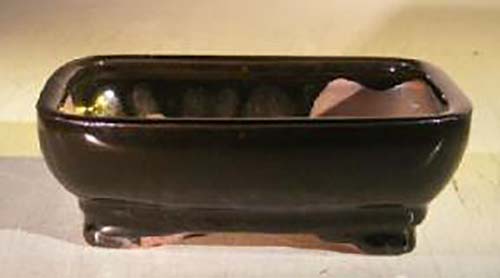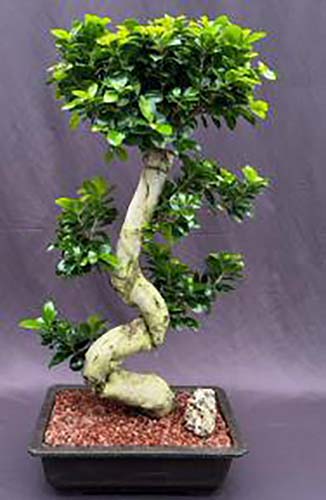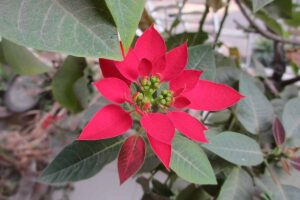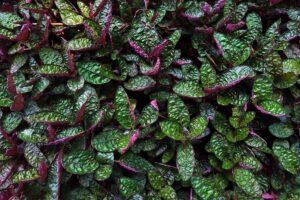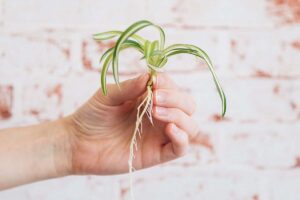Ginseng figs (Ficus microcarpa), also known as curtain figs, ginseng ficus, Indian laurel, or Chinese or Malayan banyans, are incredibly popular as bonsai specimens.
That’s because they have a thick trunk that looks like it took hundreds of years to develop, but actually takes under a decade – perfect for the impatient bonsai artist.
They can also be grown indoors, unlike many species grown as bonsai, which must be raised outside. On top of that, they adapt easily to shaping and are generally vigorous and tough.
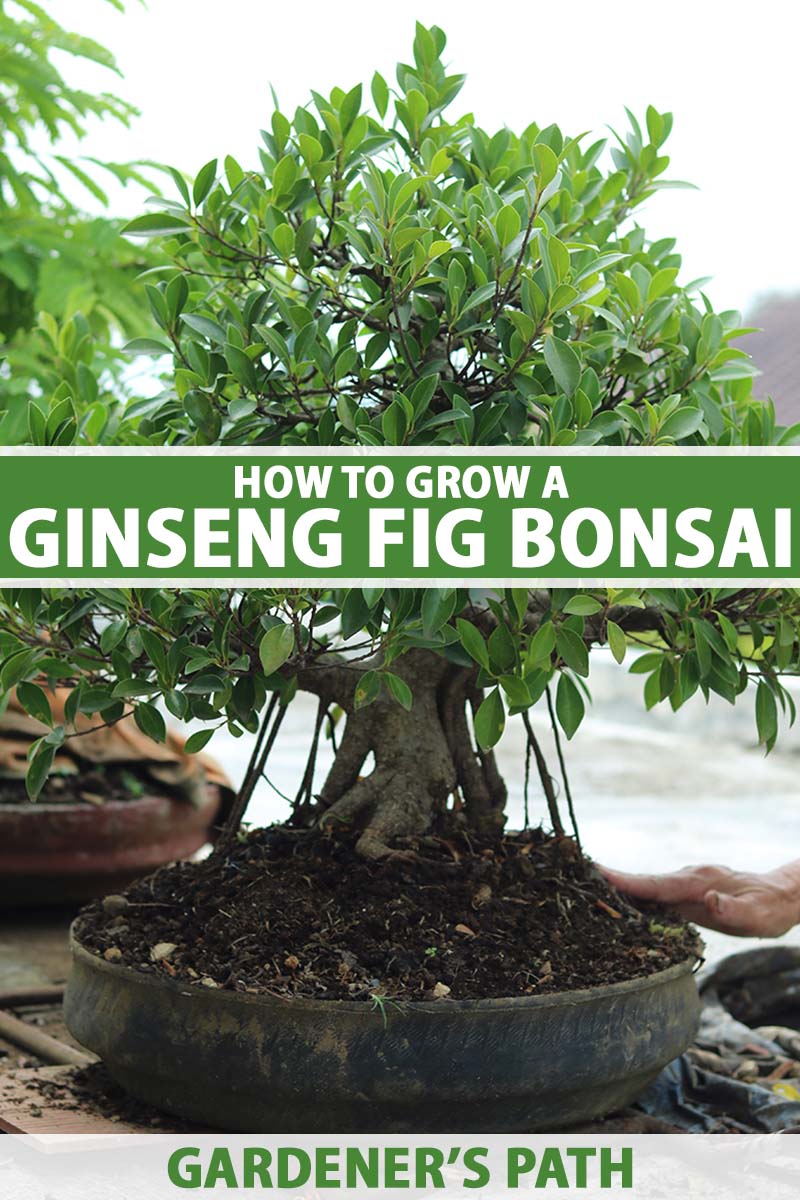
We link to vendors to help you find relevant products. If you buy from one of our links, we may earn a commission.
It comes as no surprise that this is often a popular species for people interested in getting started with bonsai. You can often find them pre-potted and shaped, at both specialty retailers and big-box giants, ginseng figs are just perfect for the purpose.
If you aren’t familiar with growing ginseng figs, check out our guide.
In this guide, we’ll discuss how to grow these plants as bonsai. Here’s what I’ll cover:
What You’ll Learn
Can’t wait to enjoy your new specimen? Let’s dive in.
Ginseng Ficus Basics
In the wild, ginseng ficus trees usually start their lives as epiphytes, which means that they anchor onto other plants for support.
As the trees age, they send down aerial roots that anchor into the ground. They wean themselves from the host tree and transition to life as terrestrial trees.
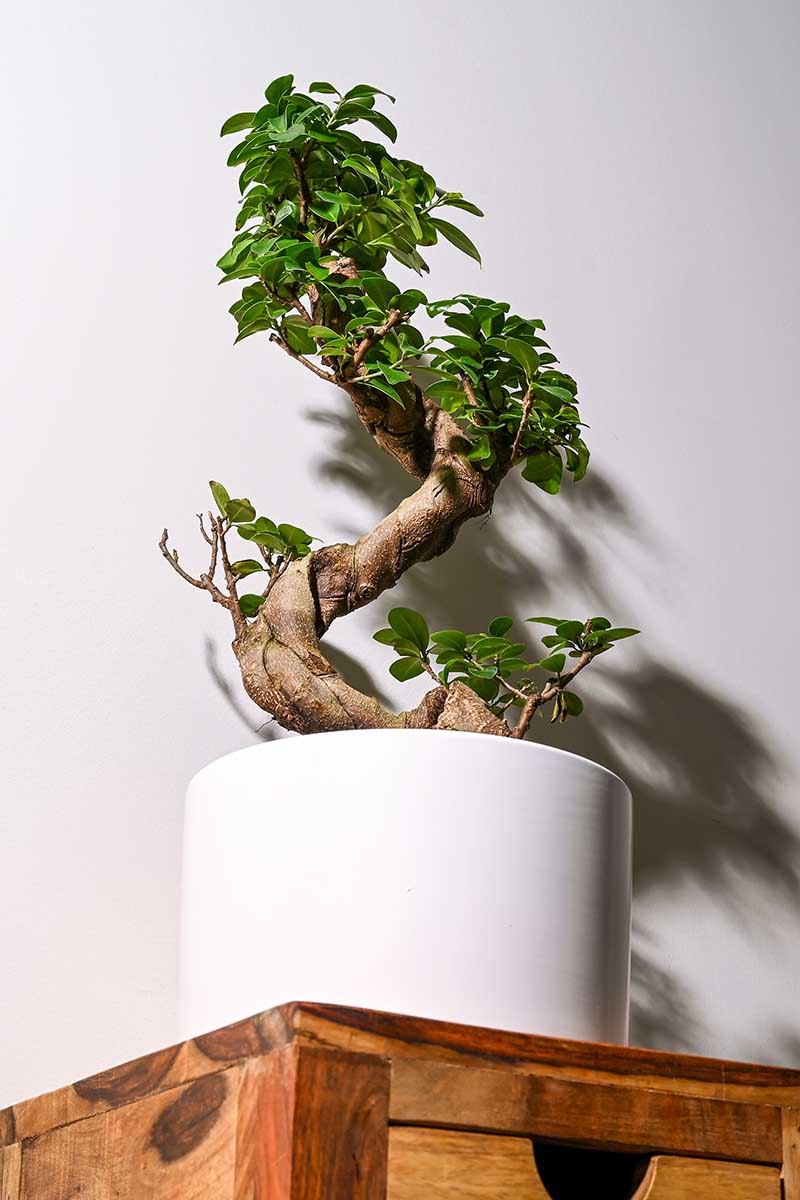
These aerial roots can mimic trunks and are part of what helps create the “aged trunk” look that makes this species so highly valued as bonsai.
They can also grow small fruits, which is an exciting addition to any display.
Though the trees can grow up to 100 feet tall and twice as wide in the wild, with diligent pruning you can keep them extremely small.
There are many cultivars that have been specifically bred with bonsai in mind, or you can always go with the species, which is just as easy to train.
You can buy pre-made bonsai rather than shaping your own. Check out this gorgeous 32-year-old specimen at Bonsai Boy.
‘Green Island’ Ficus Bonsai Tree
Or buy a small, unshaped plant so that you can enjoy the process of creating a bonsai from start to finish.
If you want to be even more involved in the process, you can propagate your own plant. Most people opt to propagate their F. microcarpa plants via cuttings or air layering.
Once you have your plant, it’s time to pot it up.
Choose a Container
You’ve probably seen the huge assortment of bonsai containers out there. They come in all shapes and sizes, and various materials and colors. The only real limitation you have is size.
You need to choose a pot that is small enough to keep the tree contained. The size depends on the size of the tree you’re working with. Generally, I try to pick something that is about the same width as the canopy of the tree.
Of course, if your plant is just a spindly little stick with a few leaves, you’ll want to choose something small.
In that case, you can start with a standard four- or six-inch oval or rectangle pot.
Something like this black rectangle pot from Bonsai Boy would be a perfect starter.
The ultimate shape is, of course, up to your artistic vision, but you want to create a sense of balance.
If you’re going to create a somewhat weeping plant, you’ll probably want a tall and narrow pot. A more traditional tree shape typically calls for a wide oval or square pot.
But, like I said, you’re only limited by your imagination and the size of the plant you’re working with.

If you decide to go with something unconventional like a piece of cupped bark or a shell, make sure it has drainage holes. Nothing will kill a bonsai faster than poor drainage.
You can pot anytime you want, but spring, summer, or early fall is best.
The plant goes at least partially dormant in the winter and won’t be working on establishing itself as quickly as we want it to.
To repot, remove the plant from its existing container and brush or wash away all of the potting medium. Trim off any roots that look dead, soft, or damaged. Then, keep trimming until you’ve removed about a third of the roots.
Place a drain screen over the drainage hole and gently set the newly-trimmed plant in the pot.

You can make your own screens by cutting up some mesh fabric, or you can buy them at places like Amazon. They carry packs of 100 two-inch screens from LE TAUCI.
Fill in around the roots with soil.
Feel free to purchase some soil formulated for houseplants or tropical plants if this is your first bonsai. If you’re up for a bit more of a challenge, you can craft your own.
Our guide will take you through the process step by step.
Watering
Once you have your plant solidly in place, it’s time for the most finicky part of raising bonsai: watering. Because the plants are in such a confined space, it’s easy to under- or overwater.
Too much and you risk root rot, which can seriously harm or even kill your plant. Too little and it will struggle or even potentially die.
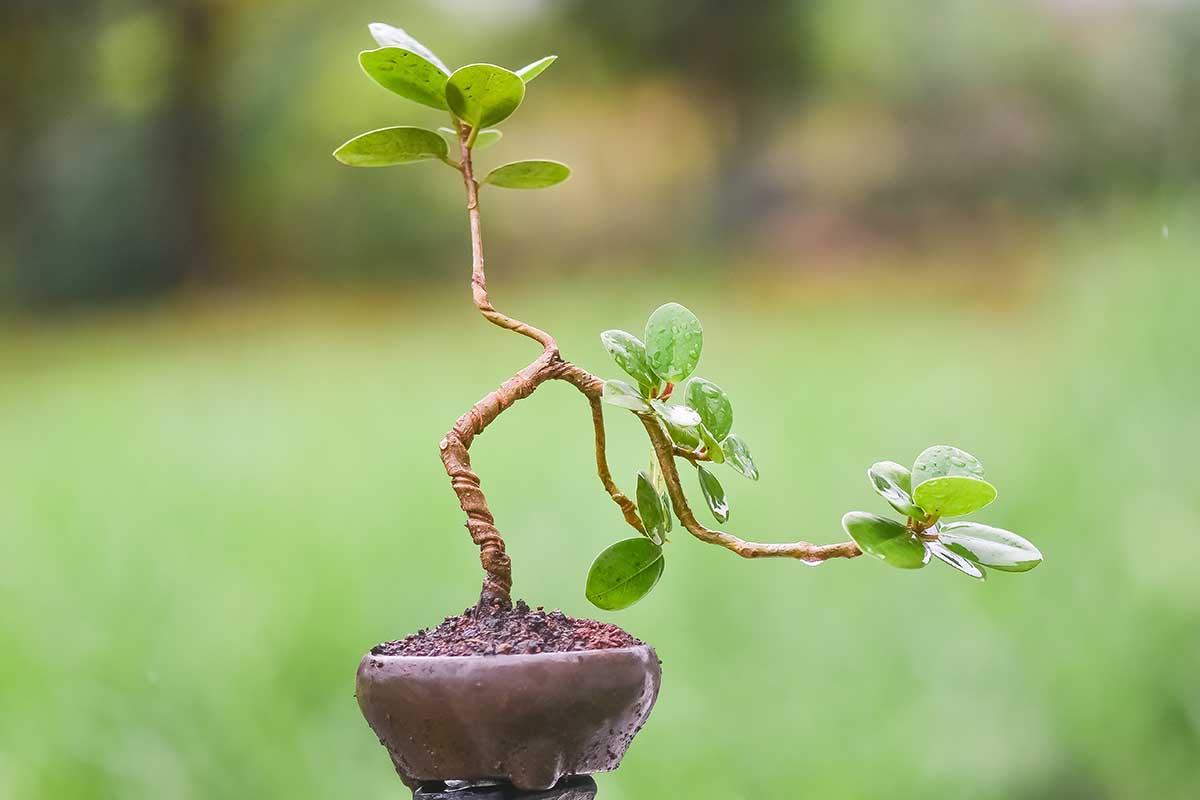
Each time you water, you want to flood the pot. This can be done either by bottom watering or filling the pot with water until all of the substrate and the base of the trunk is wet.
Then, let the surface of the substrate dry out before you add water again.
Over time, you’ll be able to lift the pot and tell by the weight whether it’s time to water or not.
You’ll also find that your plant uses water more slowly in the winter and more quickly in the summer, especially if it’s in direct sun for any portion of the day.
Sun Exposure
If you keep your plant indoors full-time, it will do best in morning sun and bright, indirect light the rest of the day.
However, these plants can be adapted to full outdoors sun or direct light indoors if you choose. Just introduce it to the brighter exposure gradually over a few weeks.
Outdoors, these plants grow in USDA Hardiness Zones 9a to 11b. Alternatively, you can keep the plant outdoors during the summer and bring it in during the winter.

If you decide to move it in and outdoors, be sure to make the transition gradual when moving it outside.
If you bring it outdoors suddenly, without a transition period, it can be stressed and will be subject to leaf burn or shock.
Instead, bring it out for an hour and then back inside. The next day, add an hour.
Keep adding an hour each day until the plant can tolerate the light exposure and conditions you intend to keep it in.
Pruning
Pruning is both the scariest and most rewarding part of nurturing bonsai, in my opinion.
It takes a lifetime to master the art of shaping and pruning a bonsai. There are courses and books entirely dedicated to teaching the art.
I don’t say that to overwhelm you, just to let you know that we probably can’t cover everything you need to know in this guide.
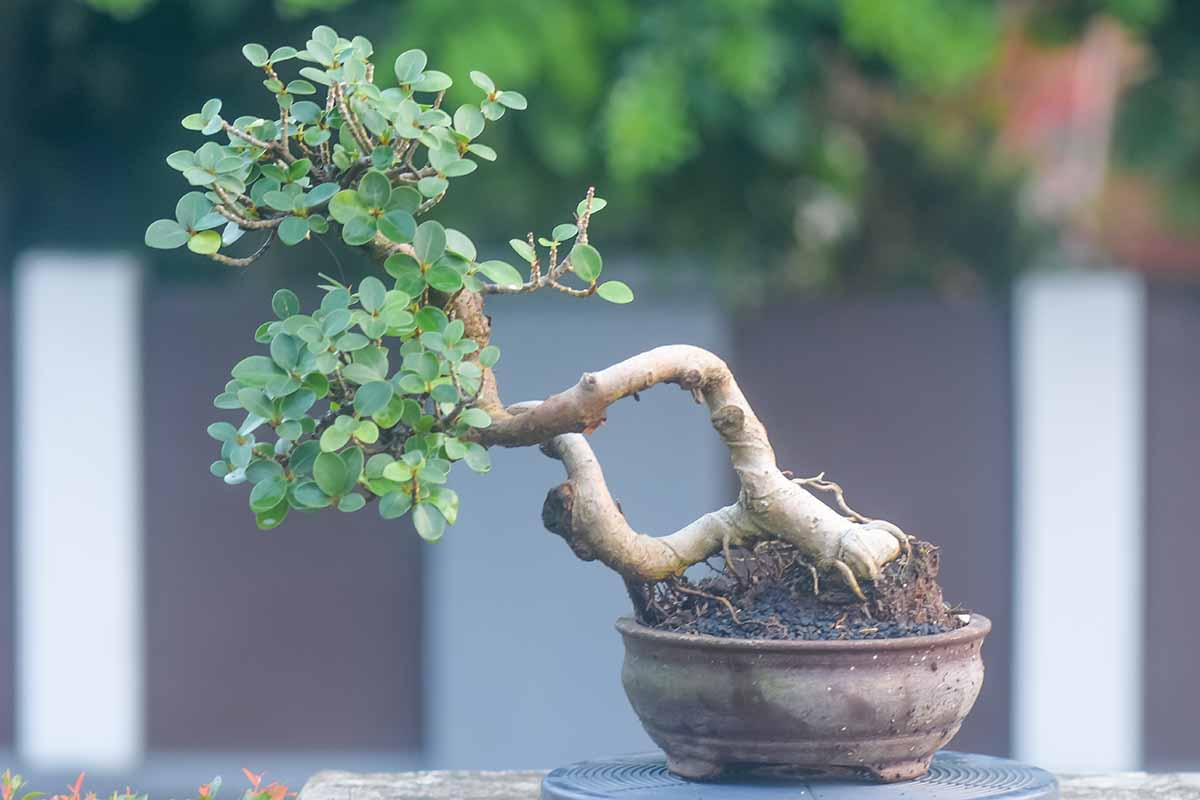
If I had to sum it up, the art of bonsai pruning is to shape the tree in a way that makes it look like a natural specimen – but in miniature.
Of course, it can be a dramatically curving, windswept, or dramatically aged specimen, but it should look like something that would appear in nature.
When you prune, you’ll want to use clean tools and do it gradually. Visit our guide for a full walk-through of the process.
Once you reach the maximum size that you want, you’ll need to remove the plant from its pot every few years and trim down the roots so that it fits in the pot without becoming root-bound. This is how you restrict the size of the plant.
Take out any dead or mushy roots and reduce the root ball so that it is slightly smaller than the container you’re keeping it in.
You also need to trim the canopy slightly to reduce the load the roots need to support.
Repotting
Depending on how quickly your plant grows, you might need to upgrade the pot size every few years. It’s up to you when you want to stop upgrading the size and keep a plant the size that it is.
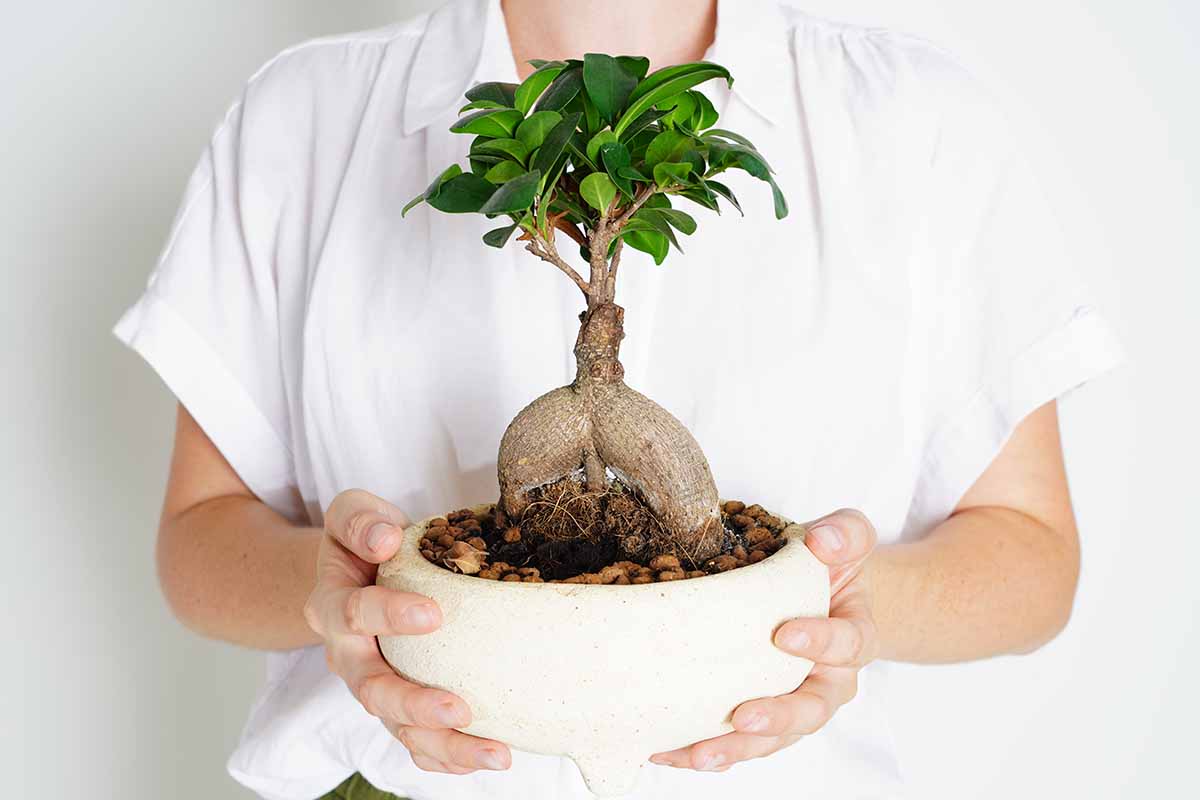
You’ll need to remove the plant from its existing container and prune the roots and maybe some of the branches. Then, repot the plant in fresh potting medium.
You also need to fertilize your plant, a process that we discuss in our guide.
Cultivars to Select
Sellers don’t always list a cultivar name. Sometimes you’ll find plants are just sold under the species or common name.
But with a little searching you can usually locate some interesting cultivars, some of which were bred specifically with bonsai in mind.
Kaneshiro
This exceptional cultivar was bred by the respected bonsai artist and one of the founders of the World Bonsai Friendship Federation, Haruo Kaneshiro, specifically as a miniature option.
It’s a cross between ‘Retusa’ and ‘Crassifolia’ and it sets out ample aerial roots and has smaller, more oval leaves than the species.
Bring a 17-year-old specimen home from Bonsai Boy.
Golden Gate
If you want to keep your plant outdoors for all or part of the year, ‘Golden Gate’ is a smart choice.
It’s tolerant of swings in temperature and of wind, so it won’t be shocked by the conditions in the big outdoors.

And no, the leaves aren’t golden. They look similar to the species.
Head to Amazon to grab a four year old plant in a decorative container.
Green Emerald
With its extremely thick, fleshy leaves and willingness to fruit readily, this cultivar makes a really cool bonsai.
Provide it enough light and you’ll have half-inch fruits to wow anyone who checks out your plant.
It also develops lots of big aerial roots, which only add to its appearance.
Bring home a 66-year-old specimen trained into a beautiful upright shape from Bonsai Boy.
Green Island
‘Green Island’ is beloved as both a shrub outdoors and as a bonsai.
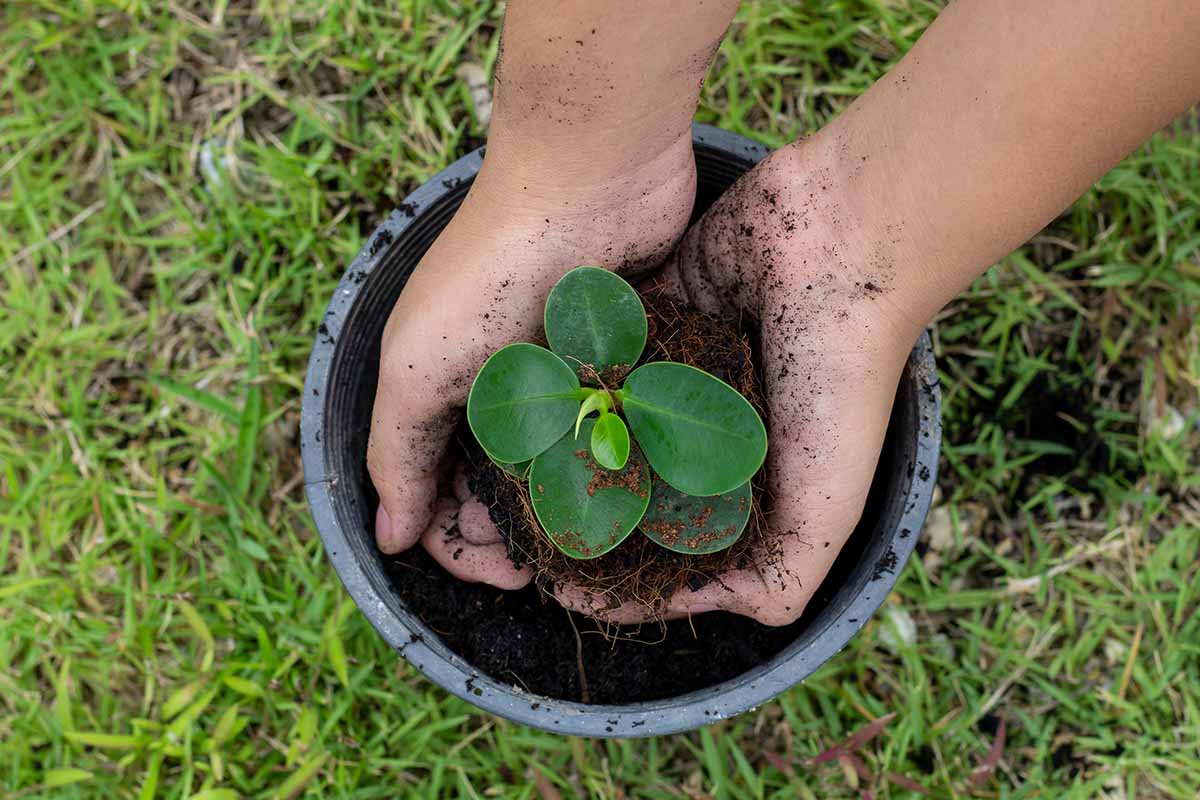
It’s naturally compact and stays under about three feet tall and wide without any effort on your part. So you can see why it lends itself to bonsai.
The extra-thick leaves make for an interesting display.
Pick up a started specimen that’s about eight years old at Bonsai Boy.
Mini Flat Leaf
You can’t find a better option than ‘Mini Flat Leaf’ for creating a bonsai out of a laurel fig.
It stays under a foot tall and takes on a cascading growth habit. It has extremely compact growth and correspondingly small leaves that are flat and glossy.
The Indoor Bonsai Lover’s Go-To
I love the art of bonsai, but sometimes I’m sad that most of my trees have to stay outside.
It’s just too cold and drizzly to admire them during January. But ginseng ficus can hang out indoors all year and will be no worse for the wear.
Plus, you get the satisfaction of watching your tree mature in an accelerated timeline.
It takes decades for some tree species to look aged in their bonsai pots, while Chinese banyan looks mature within just a few years.

So, what shape do you plan to give your tree? Are you aiming for an umbrella? Maybe a windswept oval? A craggy round tree with lots of aerial “trunks?” Fill us in on your plans in the comments section below
I hope this guide set you on the right path towards making the most of your ginseng ficus. These trees are a delight to work with.
If you’d like more information about how to care for bonsai trees, we have a few other guides that might give you some good ideas, such as:
